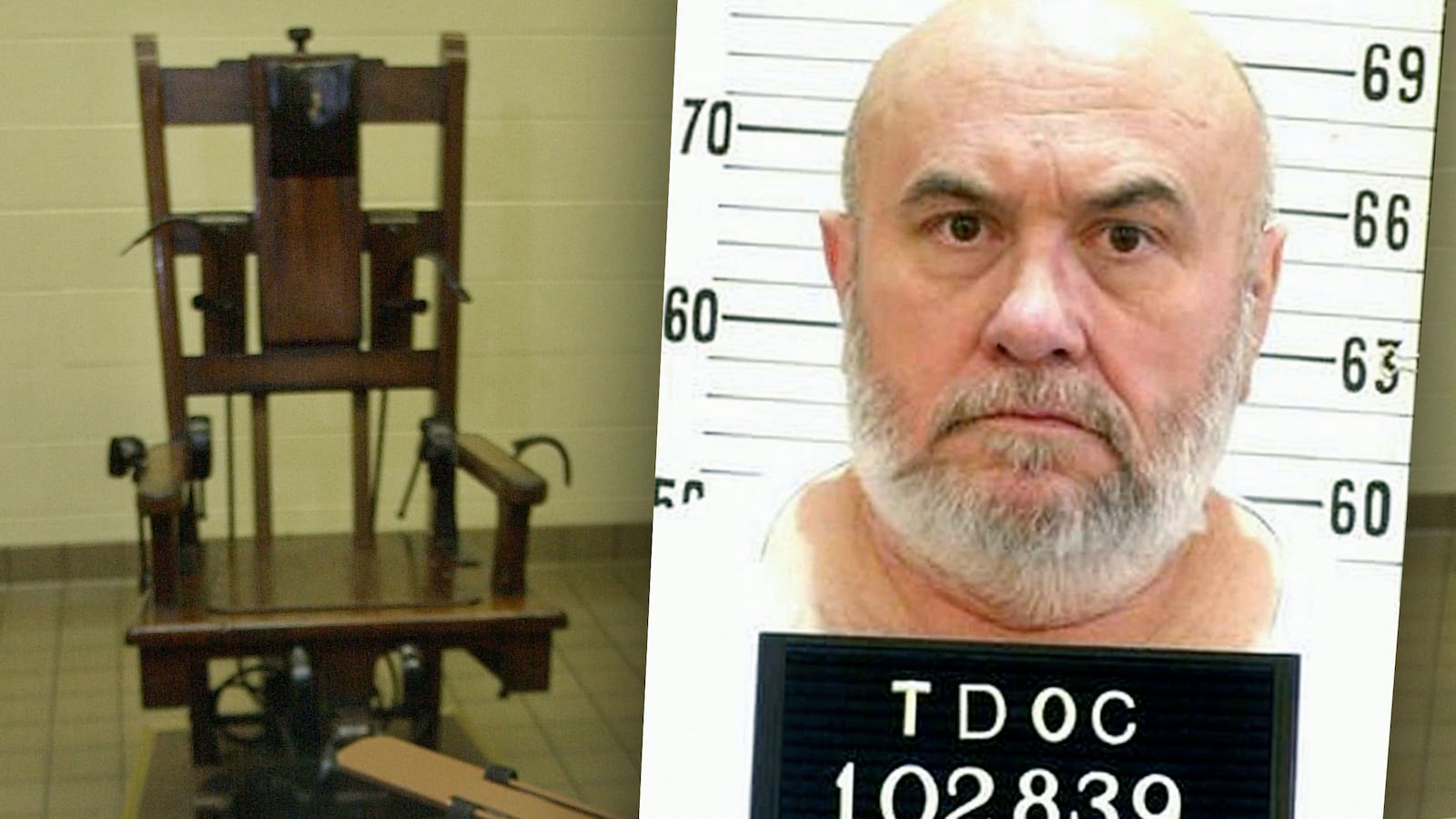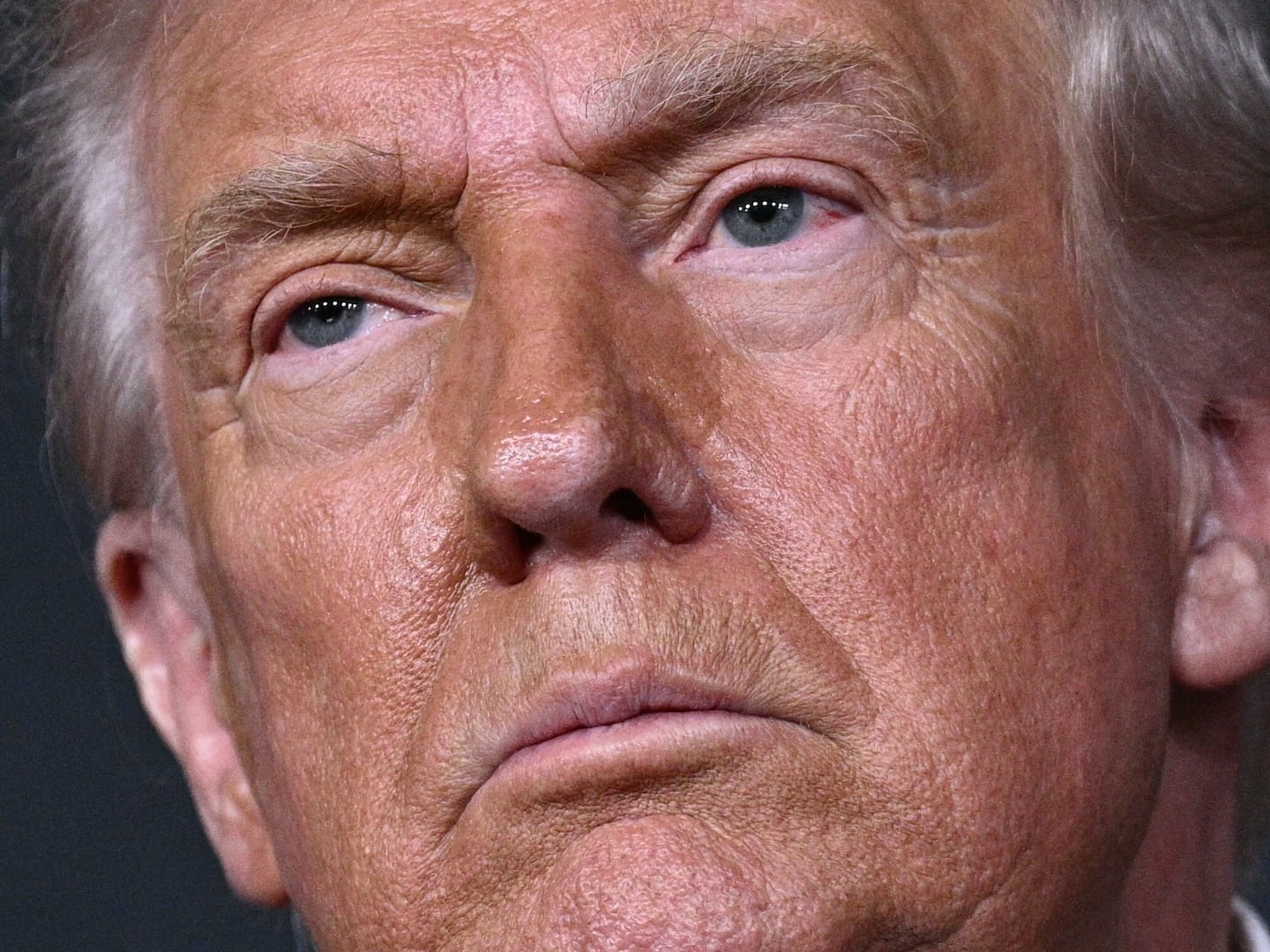Double murderer Edmund Zagorski was put to death in Tennessee’s electric chair on Thursday night, the first prisoner executed by that method in five years.
“Let’s rock,” Zagorski, 63, said shortly before 1,750 volts of electricity coursed through his body, according to media witnesses.
The witnesses said they were ushered into a dark room. Shortly after 7 p.m., the blinds were raised and they could see the inmate strapped in the electric chair, a small smile on his face.
After his last words, prison officials put a wet sponge on his head. He grimaced as the water rolled down his face. A helmet and a shroud were placed on his head.
A whirring sound was heard. His fists clenched as the first jolt began.
“You could see his body clearly thrust up,” Associated Press reporter Kimberlee Kruesi said at a post-execution press conference. “When the jolt was over, his body slumped.”
Jason Lamb, a reporter for WTFV, said: “It looked like every muscle in his body was extremely clenched and tense.”
The process was repeated again. This time, Kruesi said, his body shot up even higher than before and once again slumped down.
The blinds went down and at 7:26 p.m., prison officials announced he was dead.
Zagorski, 63, who was sentenced to death for slitting the throats of John Dale Dotson and Jimmy Porter in 1983, opted for electrocution over the needle—arguing that a lethal injection would lead to a prolonged and excruciating death.
Early Thursday, he appealed to the Supreme Court, arguing that the electric chair was an unacceptable alternative. But the court declined his petition for a stay, with only Justice Sonia Sotomayor dissenting.
"His eleventh-hour decision to accept the electric chair as a marginally less excruciating alternative does not undermine, as a matter of logic, his contention that both Tennessee’s lethal-injection protocol and the electric chair are cruel and unusual in violation of the Eighth Amendment," Sotomayor wrote.
The last time someone in the United States was put to death by electric chair was in 2013 when a Virginia triple murderer, Robert Gleason, opted for that method of execution.
One of the media witnesses for that execution, Michael Owens, reported that Gleason died “with fists partially clenched and smoke rising from his body,” his frame wracked with spasms as two 1,000-volt jolts of electricity coursed between his calf and his head.
Fordham Law professor Deborah Denno, a capital punishment expert, catalogued state-sponsored electrocutions in a 2002 academic paper and found 19 that she believed were botched.
“Severe burning, boiling body fluids, asphyxiation, and cardiac arrest, can cause extreme pain when unconsciousness is not instantaneous,” she wrote.
When Pedro Medina was electrocuted in Florida in 1997, for the murder of a teacher, the Associated Press account of what happened was stomach-churning.
“Blue and orange flames up to a foot long shot from the right side of Mr. Medina's head and flickered for 6 to 10 seconds, filling the execution chamber with smoke,” the correspondent wrote. “The smell of burnt flesh filled the witness room in the Florida State Prison and lingered as observers left two minutes after the execution.”
Tennessee, like most states, abandoned use of the electric chair in recent years with the adoption of lethal injection as the preferred method. But in 2014, facing a shortage of drugs thanks to anti-execution activists, lawmakers voted to make the electric chair a backup option.
Before Zagorski was walked to the execution chamber on Thursday night, he told prison staffers, “I have no hard feelings. I don’t want any of you to have this on your conscience. You are all doing your job and I'm good.”
Zagorski’s attorney, Kelly Henry, said he told her that the last thing he wanted to see was her smiling.
"It was very important to him that today not be a day of sadness for us. He very much wanted a light mood,” she said.
The last thing he said to her was, “Chin up.”






